Home>Furniture>Living Room Furniture>What Are Pin Cushions Filled With
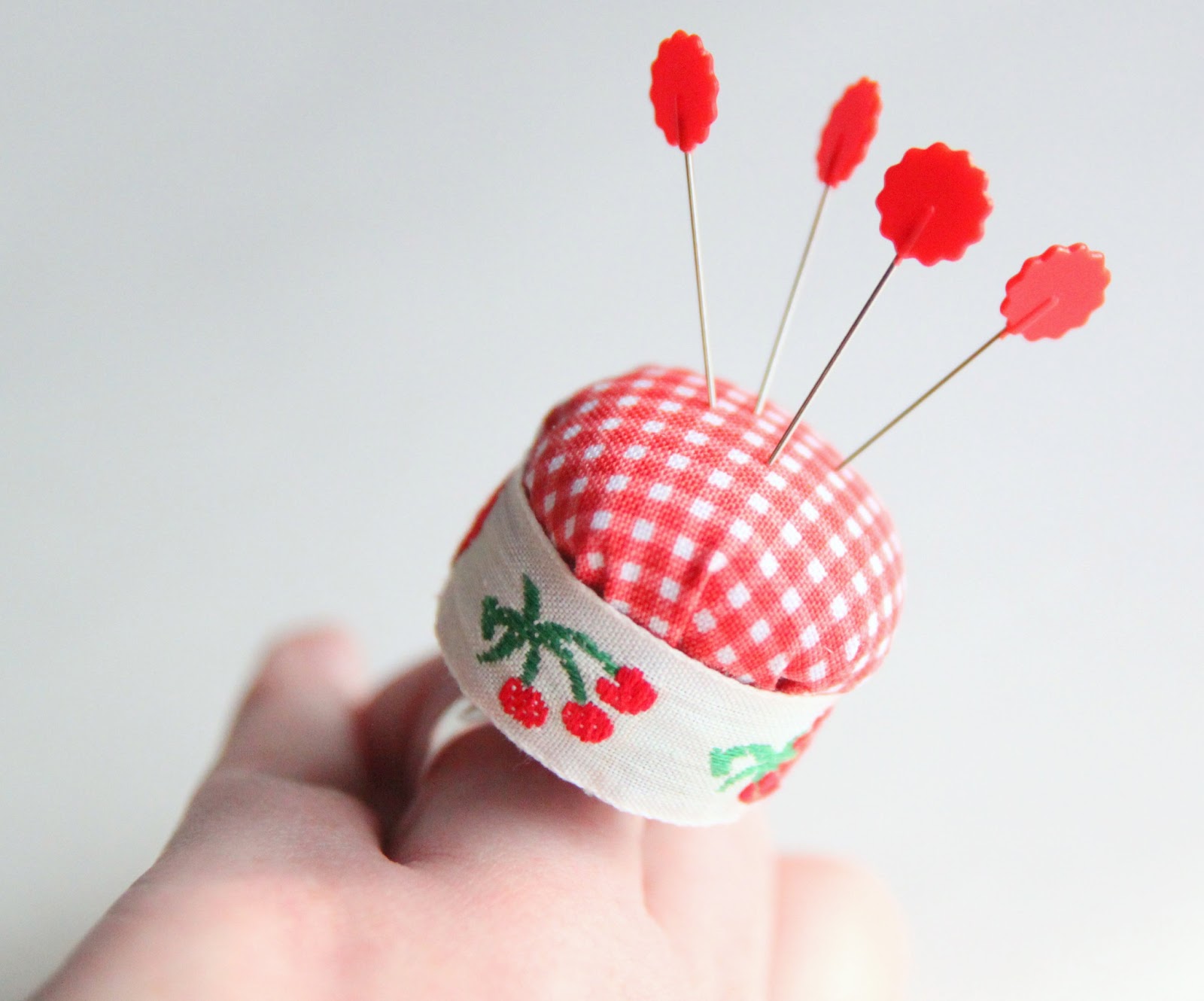

Living Room Furniture
What Are Pin Cushions Filled With
Modified: March 16, 2024
Find out what pin cushions are filled with and how they can enhance your living room furniture. Discover the perfect combination of style and function.
(Many of the links in this article redirect to a specific reviewed product. Your purchase of these products through affiliate links helps to generate commission for Storables.com, at no extra cost. Learn more)
Introduction
Pin cushions are essential tools for sewing enthusiasts and professionals alike. They provide a convenient and safe place to store and access pins while working on various sewing projects. While pin cushions come in different shapes, sizes, and designs, one key aspect that sets them apart is the filling used inside.
In this article, we will explore the fascinating world of pin cushion fillings. We will delve into the traditional and modern materials used to fill pin cushions, and discuss the advantages and disadvantages of each. Whether you’re a seasoned seamstress or just starting out, understanding different pin cushion fillings can help you choose the best option for your needs.
So, let’s dive in and discover the many possibilities for what pin cushions can be filled with!
Key Takeaways:
- Choose pin cushion fillings based on your sewing needs and preferences, considering factors like functionality, comfort, durability, allergies, ease of use, and personal preference.
- Whether you prefer traditional or modern fillings, the right choice can enhance your sewing experience, so take care of your pin cushion to ensure its longevity and effectiveness.
Read more: What Is The Best Filling For Couch Cushions
Overview of Pin Cushions
Pin cushions have been a staple tool in the sewing world for centuries. They serve as a handy and accessible storage solution for pins, needles, and other small sewing notions. Pin cushions come in various shapes and sizes, with different materials used for the outer covering and the filling.
Pin cushions can be made from a wide range of fabrics or materials, such as cotton, silk, felt, or even leather. The outer covering is typically filled with a soft and pliable material that provides a cushioning effect, making it easy to insert and remove pins without damaging them.
Pin cushions are available in many designs, from simple pincushion disks to adorable animal-shaped pin cushions that add a touch of whimsy to your sewing space. The choice of pin cushion design is a matter of personal preference, and many sewists enjoy collecting unique and visually appealing pin cushions as part of their sewing accessories.
Now that we have a general understanding of what pin cushions are and their purpose, let’s explore the different fillings commonly used in pin cushions.
Common Fillings for Pin Cushions
Pin cushions can be filled with a variety of materials, each offering different qualities and benefits. The choice of filling depends on factors such as durability, functionality, and personal preference. Here are some of the most common fillings used in pin cushions:
- Emery Sand: Emery sand is a popular filling for pin cushions. It is a fine-grained abrasive material that helps sharpen pins and needles as they are inserted and removed from the cushion. Emery sand is excellent for keeping pins in good condition and preventing them from becoming dull over time.
- Sawdust: Sawdust is another traditional filling used in pin cushions. It provides a firm and stable base for pins, making it easy to place and retrieve them. Sawdust can be mixed with other materials, such as crushed walnut shells, to add weight and enhance stability.
- Wool or Fiberfill: Wool or fiberfill is a soft and lightweight option for pin cushion fillings. It offers a gentle cushioning effect and keeps pins secure without dulling their tips. Wool filling can be stuffed tightly to provide a firm surface or loosely for a more plush feel.
- Rice or Beans: Rice or beans are commonly used as fillings for homemade pin cushions. They are readily available and provide a substantial weight to keep the cushion stable while working. However, it’s important to note that rice or beans may attract pests if not stored properly.
- Kapok: Kapok is a silky fiber extracted from the seed pods of the kapok tree. It is a natural and eco-friendly filling option for pin cushions. Kapok fibers are lightweight, hypoallergenic, and resistant to moisture, making them ideal for pin cushions.
- Cotton Batting: Cotton batting is a versatile and readily available filling material. It is soft and easy to manipulate, providing a comfortable surface for pins. Cotton batting can be used on its own or combined with other fillings for added stability.
These are just a few examples of the common fillings used in pin cushions. Each filling offers unique characteristics, and the choice ultimately comes down to personal preference and the specific requirements of the sewing project.
Traditional Fillings
Traditional fillings for pin cushions have been used for generations and are still popular today due to their effectiveness and durability. These fillings have stood the test of time and continue to provide a reliable cushioning and storage solution for sewing enthusiasts. Here are some traditional fillings commonly found in pin cushions:
- Emery Sand: Emery sand is a traditional filling that has been used in pin cushions for many years. It is a finely ground abrasive material that helps to sharpen pins and needles as they are inserted and removed from the cushion. Emery sand is known for its long-lasting sharpening effects and can extend the lifespan of your pins.
- Sawdust: Sawdust is another longstanding filling material used in traditional pin cushions. It provides a firm and stable base for pins, making it easy to insert and retrieve them. Sawdust can be mixed with crushed walnut shells or other materials to add weight and stability to the pin cushion.
- Wool: Wool is a traditional filling choice that offers a soft and cushioned surface for pins. It is lightweight, yet provides ample support for pins to ensure they stay in place. Wool filling can be tightly packed for a firm cushion or loosely stuffed for a more plush feel.
- Straw: In some traditional pin cushions, straw was used as a filling material. It provided a natural and biodegradable option for cushioning pins. However, straw-filled pin cushions are less common today due to the accessibility of other materials and the risk of attracting pests.
These traditional fillings have been favored for their functionality and durability. They offer stability, cushioning, and pin-sharpening qualities that have stood the test of time. However, it’s important to note that some traditional fillings, like straw, may be less commonly used today due to practicality and availability of other materials.
Pin cushions are typically filled with materials like sawdust, wool roving, polyester fiberfill, or crushed walnut shells. These materials provide a firm and stable base for holding pins and needles while sewing.
Modern Fillings
With advancements in materials and technology, modern fillings for pin cushions have emerged, offering new options and benefits for sewists. These fillings provide improved functionality, comfort, and versatility. Here are some popular modern fillings commonly used in pin cushions:
- Crushed Walnut Shells: Crushed walnut shells are a popular modern filling choice. They offer excellent stability and weight to keep the pin cushion steady while working. The shells also provide a gentle abrasive surface that helps to sharpen pins. Additionally, crushed walnut shells have the added benefit of being eco-friendly and biodegradable.
- Emery Sand Mix: Emery sand mix is a modern alternative to traditional emery sand. It combines emery with other filling materials such as fiberfill or crushed walnut shells. This mixture provides the sharpening benefits of emery sand while offering a more pliable and customizable cushioning experience.
- Silicone Beads: Silicone beads are gaining popularity as a filling material for pin cushions. They are lightweight, hypoallergenic, and provide a soft and moldable surface for pins. Silicone beads also offer the advantage of being heat-resistant, making them suitable for ironing or pressing pins directly on the pin cushion.
- Gel or Memory Foam: Gel or memory foam fillings provide a unique level of comfort and support for pins. These materials conform to the shape of the pins, reducing the risk of them bending or getting lost in the cushion. Gel or memory foam also offer excellent pressure relief, making them ideal for long sewing sessions.
- Magnetic Fillings: Magnetic fillings are a modern innovation in pin cushion design. These fillings contain small magnets that attract and hold metal pins securely in place. This prevents pins from falling out or getting lost, providing an added level of convenience and safety.
Modern fillings offer a range of benefits, including improved pin sharpening, enhanced stability, comfort, and specialty features like magnets. They provide sewists with more options to customize their pin cushions to suit their specific needs and preferences.
Read more: What Is Pinning Loading For Hand Tools
Comparison of Fillings
When choosing a filling for your pin cushion, it’s important to consider the characteristics and advantages of each option. Here is a comparison of the different fillings commonly used in pin cushions:
- Emery Sand: Provides effective pin sharpening, durable, and long-lasting. However, it can be messy and abrasive if not properly contained.
- Sawdust: Offers stability and easy pin insertion, but can be less durable and may lose its shape over time.
- Wool or Fiberfill: Soft and lightweight, gentle on pins, and easy to work with. However, it may not provide as much stability as denser fillings.
- Rice or Beans: Provides weight and stability, but there is a risk of attracting pests if not stored properly.
- Kapok: Lightweight, hypoallergenic, and resistant to moisture. Ideal for those with allergies or sensitivities.
- Cotton Batting: Versatile and easy to manipulate. Can be used alone or in combination with other fillings for added stability.
- Crushed Walnut Shells: Offers stability, weight, and pin sharpening. Eco-friendly and biodegradable.
- Emery Sand Mix: Combines pin sharpening with customizable cushioning. Provides a pliable surface for pins.
- Silicone Beads: Lightweight, hypoallergenic, and heat-resistant. Provides a soft and moldable surface for pins.
- Gel or Memory Foam: Offers comfort, support, and pressure relief. Conforms to the shape of the pins and reduces the risk of bending or losing them.
- Magnetic Fillings: Provides convenience and security by holding metal pins in place. Offers ease of use and prevents pins from falling out or getting lost.
The choice of filling ultimately depends on your needs, preferences, and the specific requirements of your sewing projects. Consider factors such as pin sharpening, stability, comfort, weight, and any specialty features that may enhance your sewing experience.
It is worth noting that some fillings may require additional care and maintenance to ensure their longevity and effectiveness. Always follow any care instructions provided with your pin cushion to keep it in optimal condition.
Factors to Consider When Choosing Pin Cushion Fillings
When selecting the filling for your pin cushion, it’s essential to consider various factors to ensure you choose the option that best suits your needs. Here are some important factors to consider when selecting pin cushion fillings:
- Functionality: Consider how you will be using your pin cushion. Is it for everyday sewing projects or specialized tasks? If you need to sharpen your pins, emery sand or emery sand mix would be a great choice. If stability and weight are important, crushed walnut shells or rice/beans may be suitable options.
- Comfort: If you spend long hours sewing, you’ll want a pin cushion that provides comfort and support for your pins. Gel or memory foam fillings offer excellent cushioning and pressure relief, while wool or fiberfill provide a soft surface for pins.
- Durability: Consider the longevity of the filling material. Some fillings, such as emery sand and crushed walnut shells, are known for their durability. Sawdust and rice/beans may not be as long-lasting and may require periodic replacement.
- Allergies and Sensitivities: If you have allergies or sensitivities, consider fillings that are hypoallergenic. Kapok and silicone beads are ideal options as they are less likely to cause allergic reactions.
- Ease of Use: Think about how easy it is to insert and remove pins from the pin cushion. Softer fillings like wool or fiberfill allow pins to be easily inserted, while denser fillings like crushed walnut shells offer stability and secure pin placement.
- Cleaning and Maintenance: Consider the cleaning and maintenance requirements of the filling. Some fillings, such as rice or beans, may not be machine washable and require careful storage to prevent pests. Synthetic fillings like silicone beads or gel may be easier to clean and maintain.
- Personal Preference: Ultimately, your personal preference plays a significant role in choosing the filling. Whether you prefer the nostalgic feel of traditional fillings or the modern convenience of innovative options, select the one that resonates most with you.
By considering these factors, you can narrow down your options and choose the filling that will best meet your specific needs and preferences for your pin cushion.
Conclusion
Pin cushions are indispensable tools for sewists, providing a safe and convenient storage solution for pins and needles. The choice of filling in a pin cushion can greatly impact its functionality, durability, and overall sewing experience. Whether you prefer traditional or modern fillings, understanding the characteristics and benefits of each option is crucial in making an informed decision.
Traditional fillings like emery sand, sawdust, and wool have been used for generations, offering pin sharpening, stability, and soft cushioning. These materials have stood the test of time and continue to be reliable choices for sewists who appreciate the nostalgia and effectiveness of traditional fillings.
On the other hand, modern fillings provide new possibilities and enhancements for pin cushions. Materials like crushed walnut shells, silicone beads, and gel or memory foam offer improved stability, comfort, and customization. These fillings cater to the evolving needs and preferences of today’s sewists, providing options that prioritize convenience and advanced functionalities.
When choosing a pin cushion filling, it is important to consider factors such as functionality, comfort, durability, allergies/sensitivities, ease of use, cleaning/maintenance, and personal preference. Evaluating these factors will help you find the right filling that suits your sewing projects and preferences.
Whether you opt for the traditional charm of emery sand or the modern convenience of silicone beads, the filling you choose will contribute to the overall functionality and enjoyment of your pin cushion. Remember to take care of your pin cushion by following any recommended cleaning and storage instructions to ensure its longevity and effectiveness.
Now that you have a comprehensive understanding of the different fillings available for pin cushions, you can confidently choose the filling that best suits your sewing needs. Happy sewing!
Frequently Asked Questions about What Are Pin Cushions Filled With
Was this page helpful?
At Storables.com, we guarantee accurate and reliable information. Our content, validated by Expert Board Contributors, is crafted following stringent Editorial Policies. We're committed to providing you with well-researched, expert-backed insights for all your informational needs.
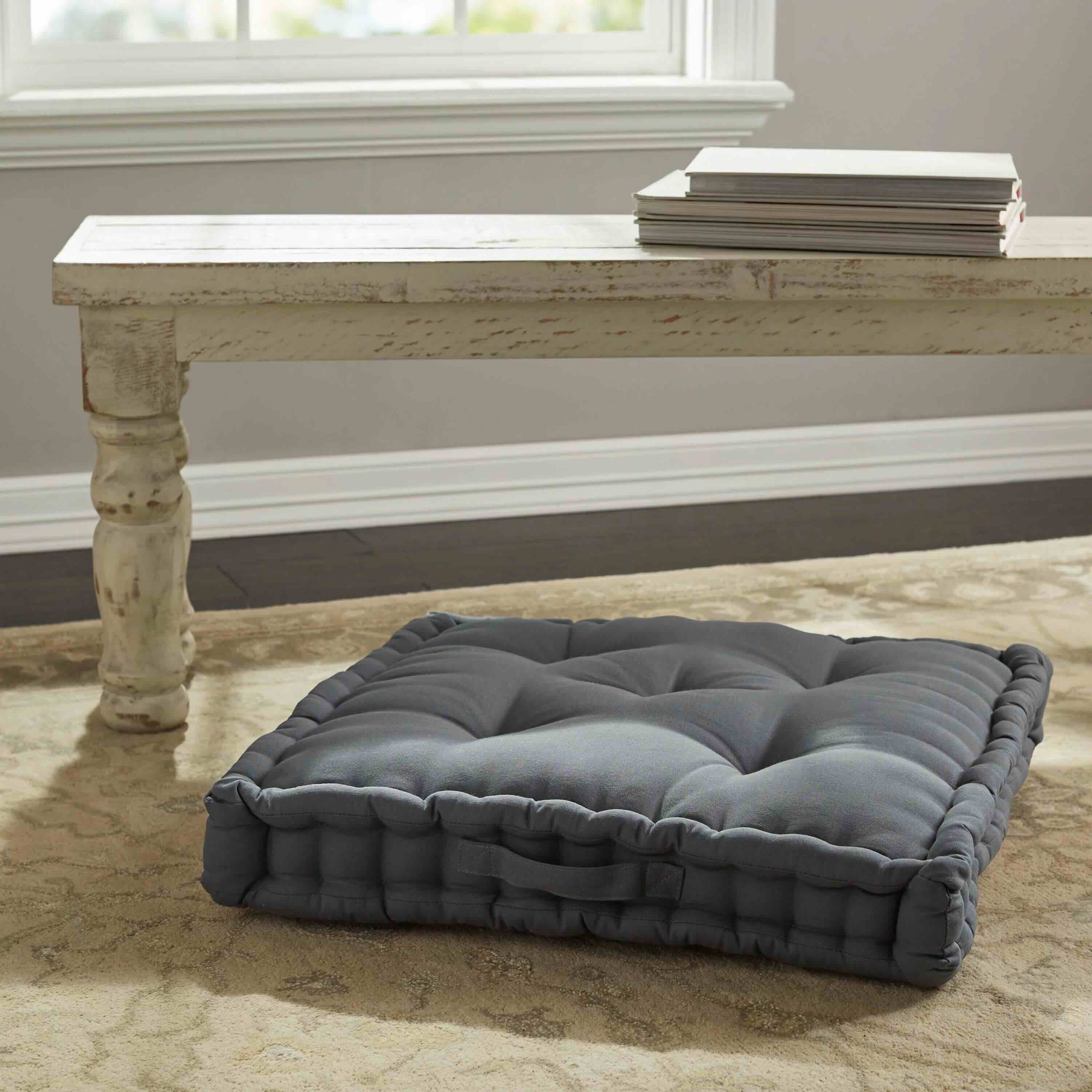
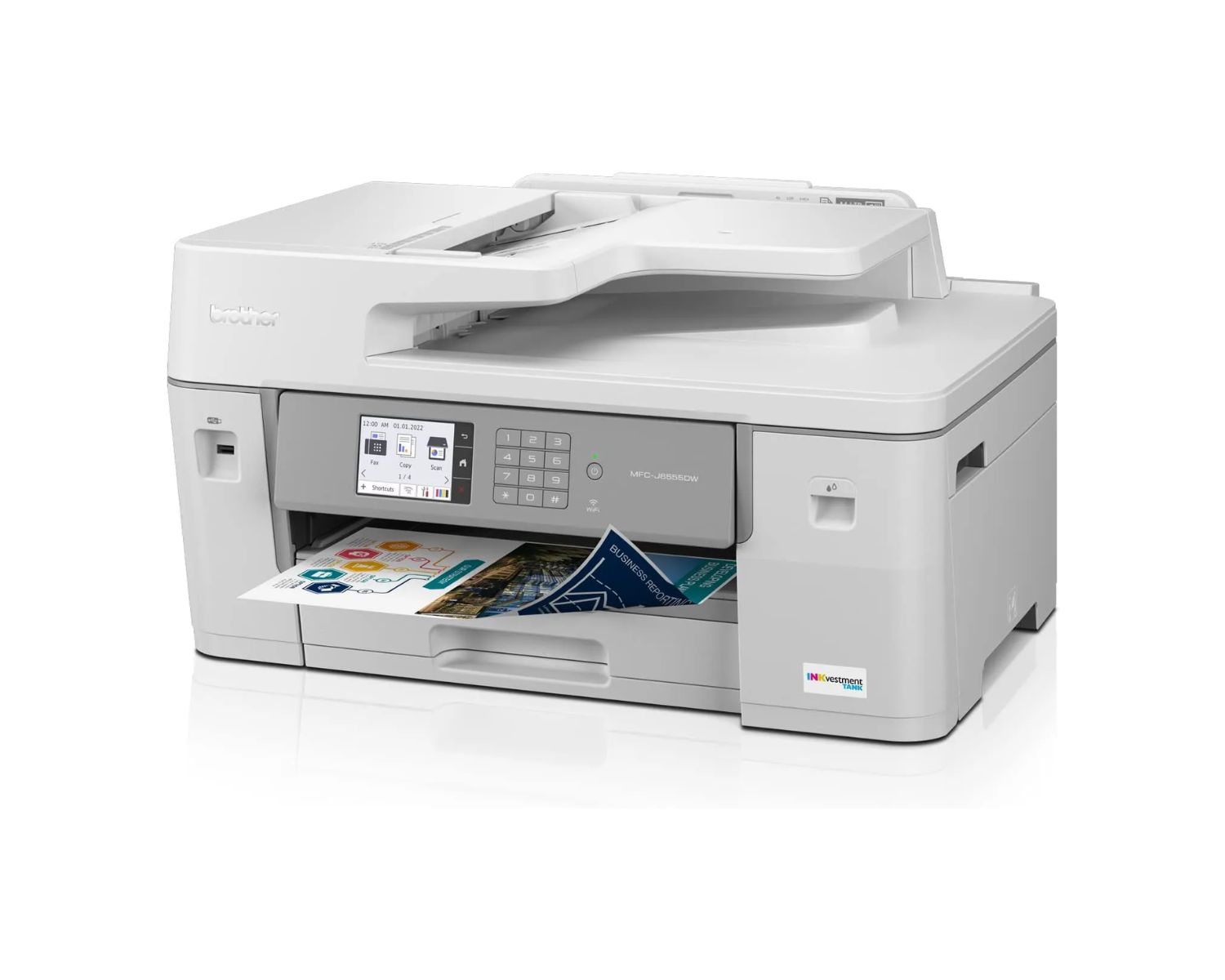
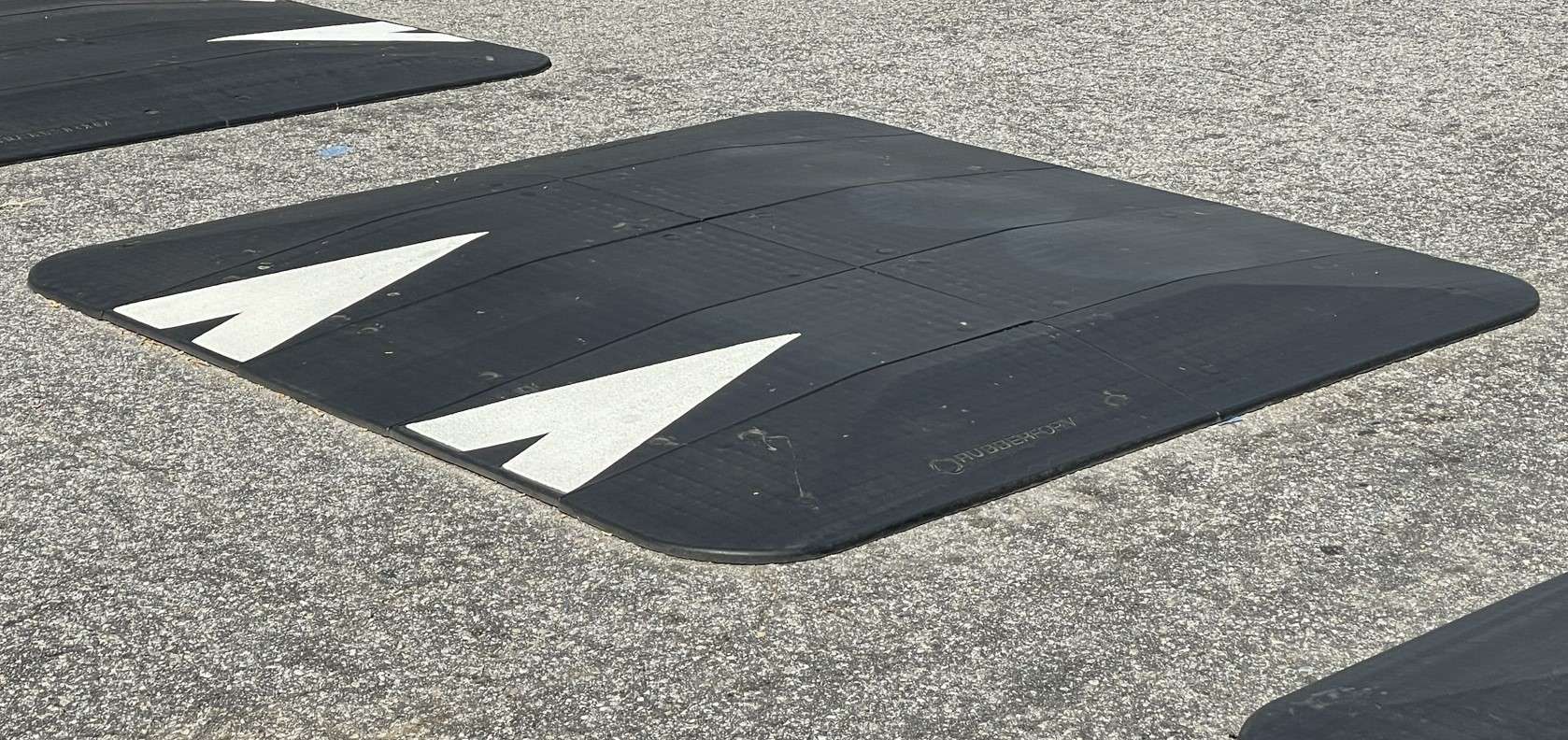
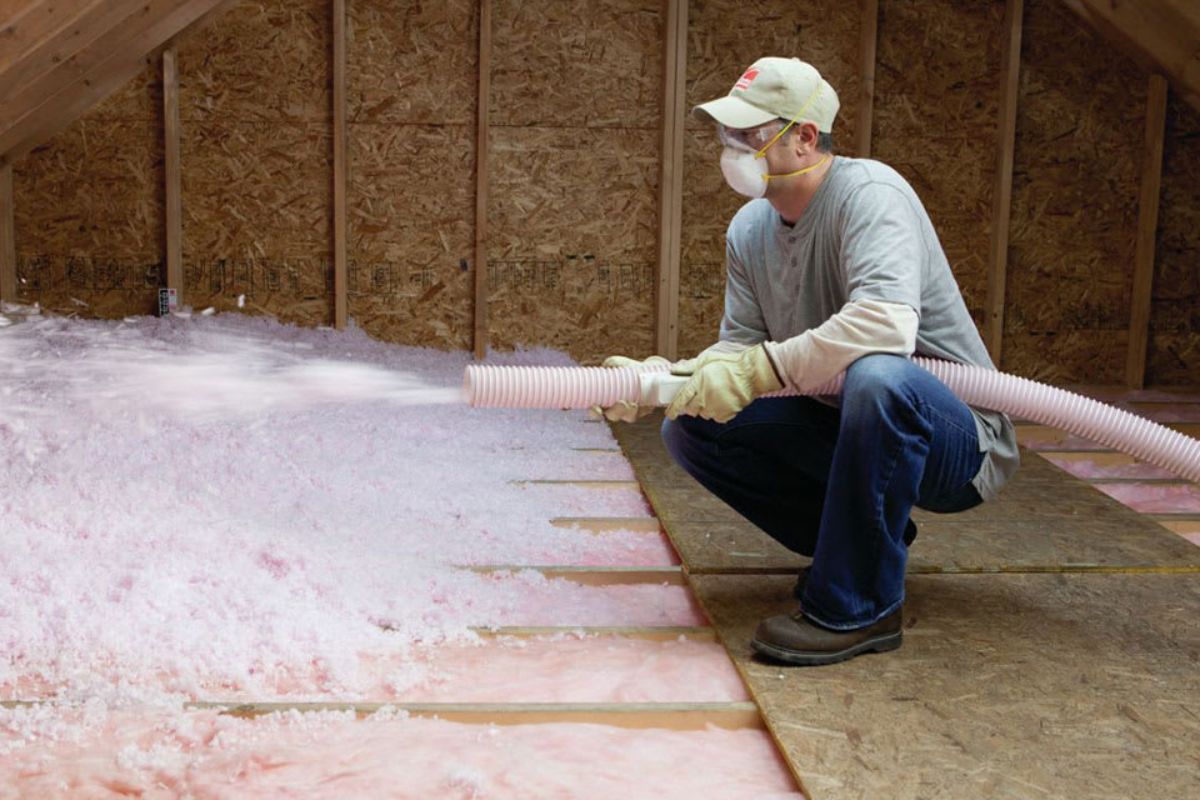


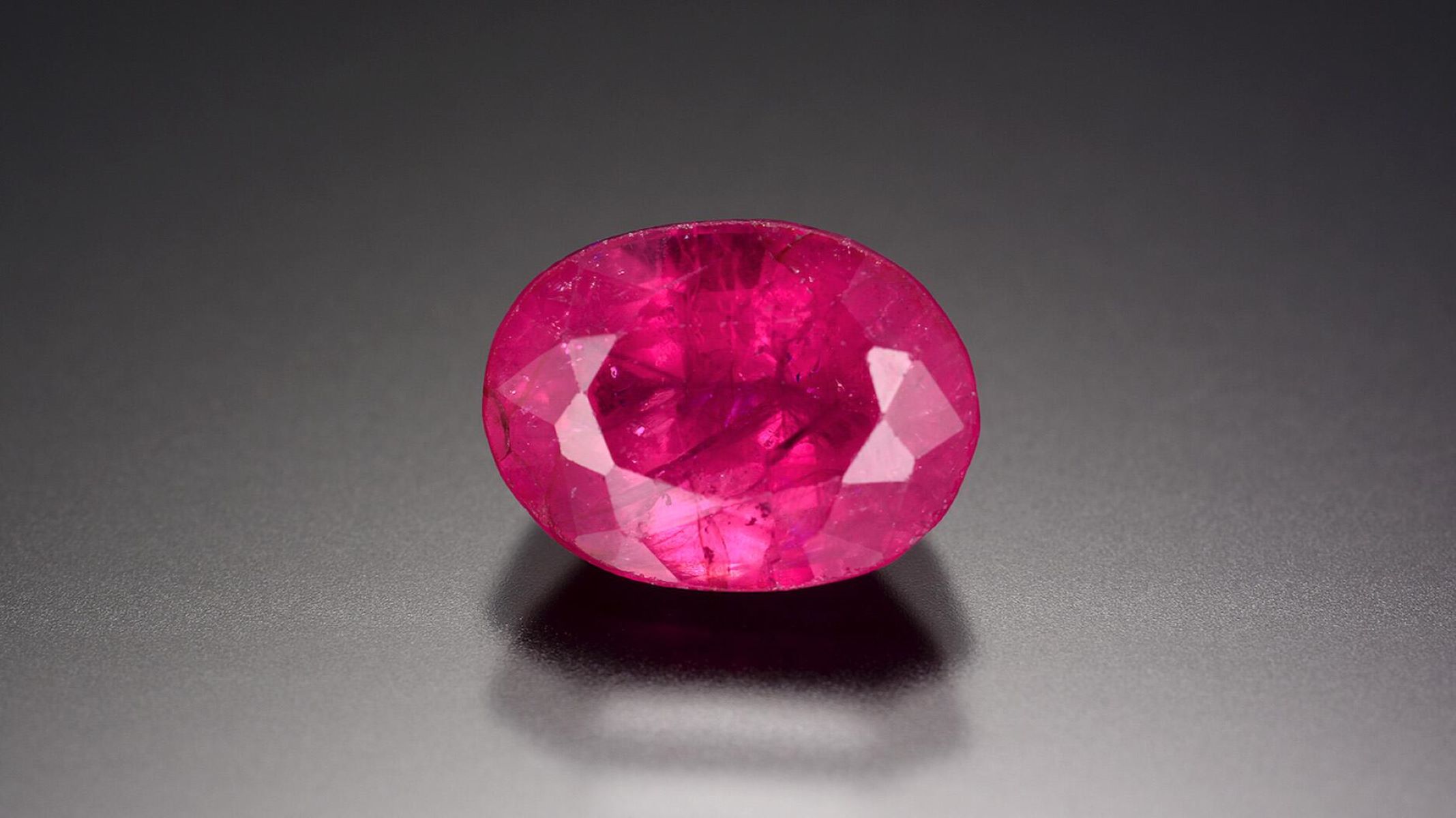

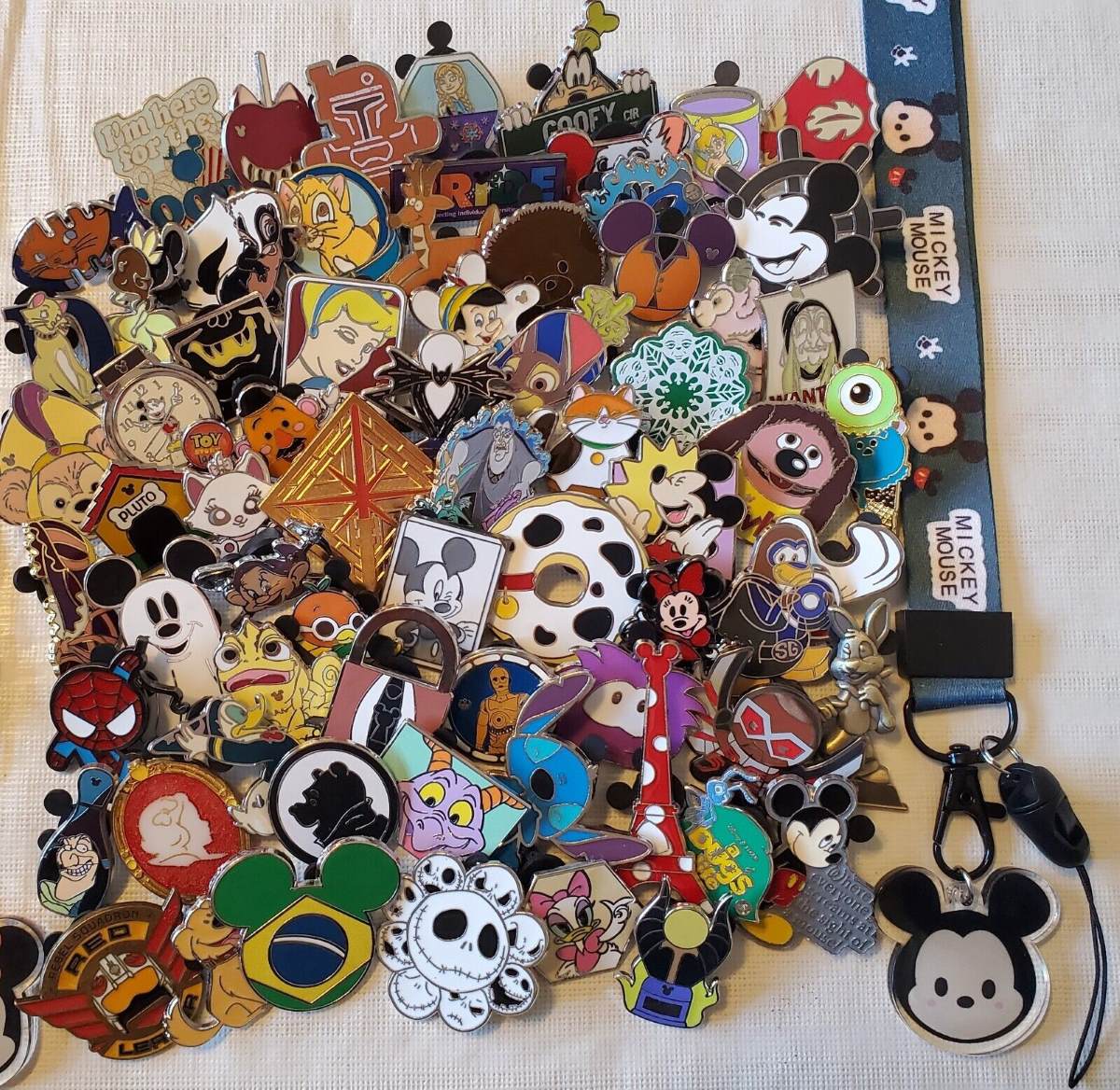
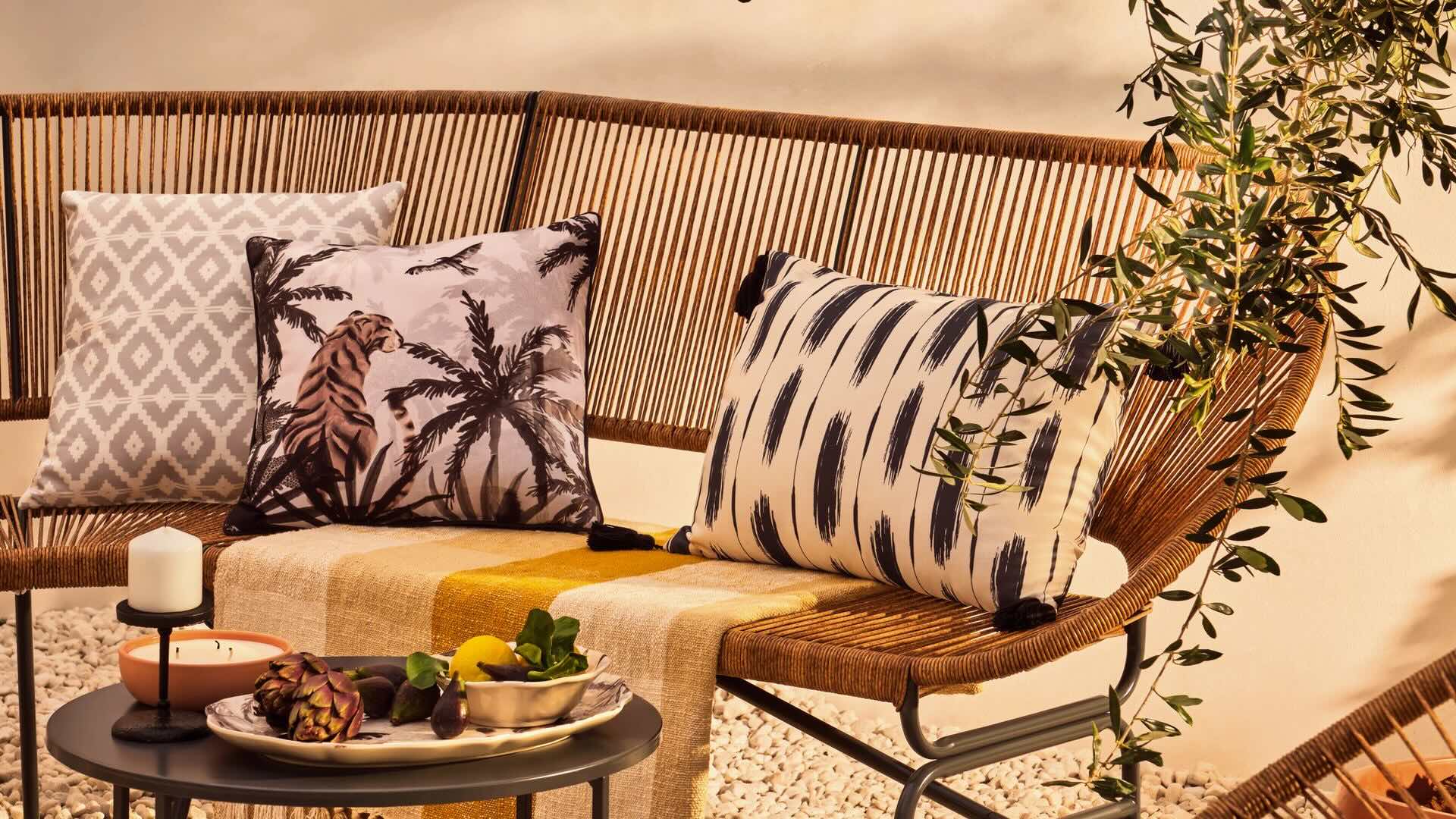
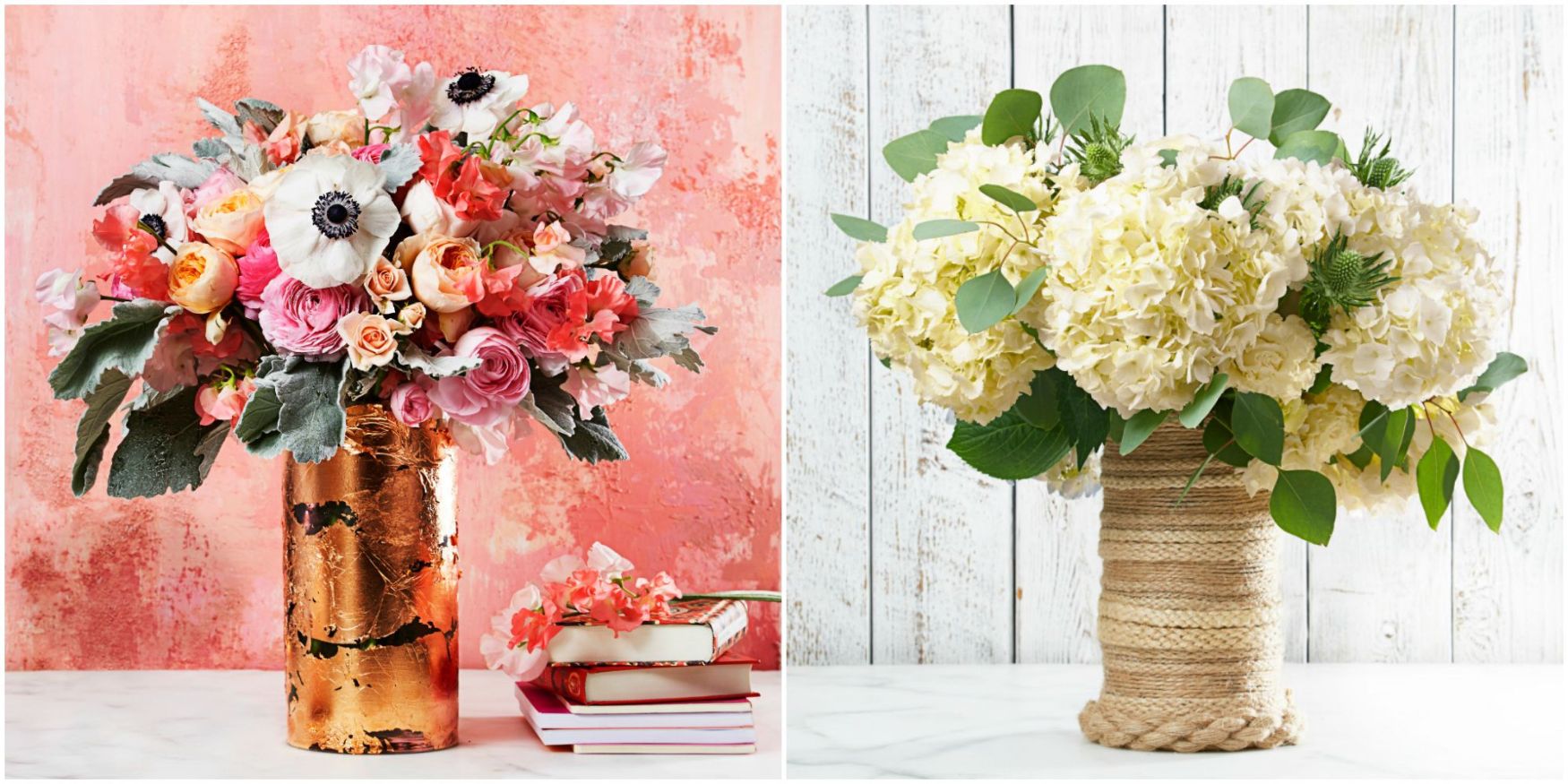
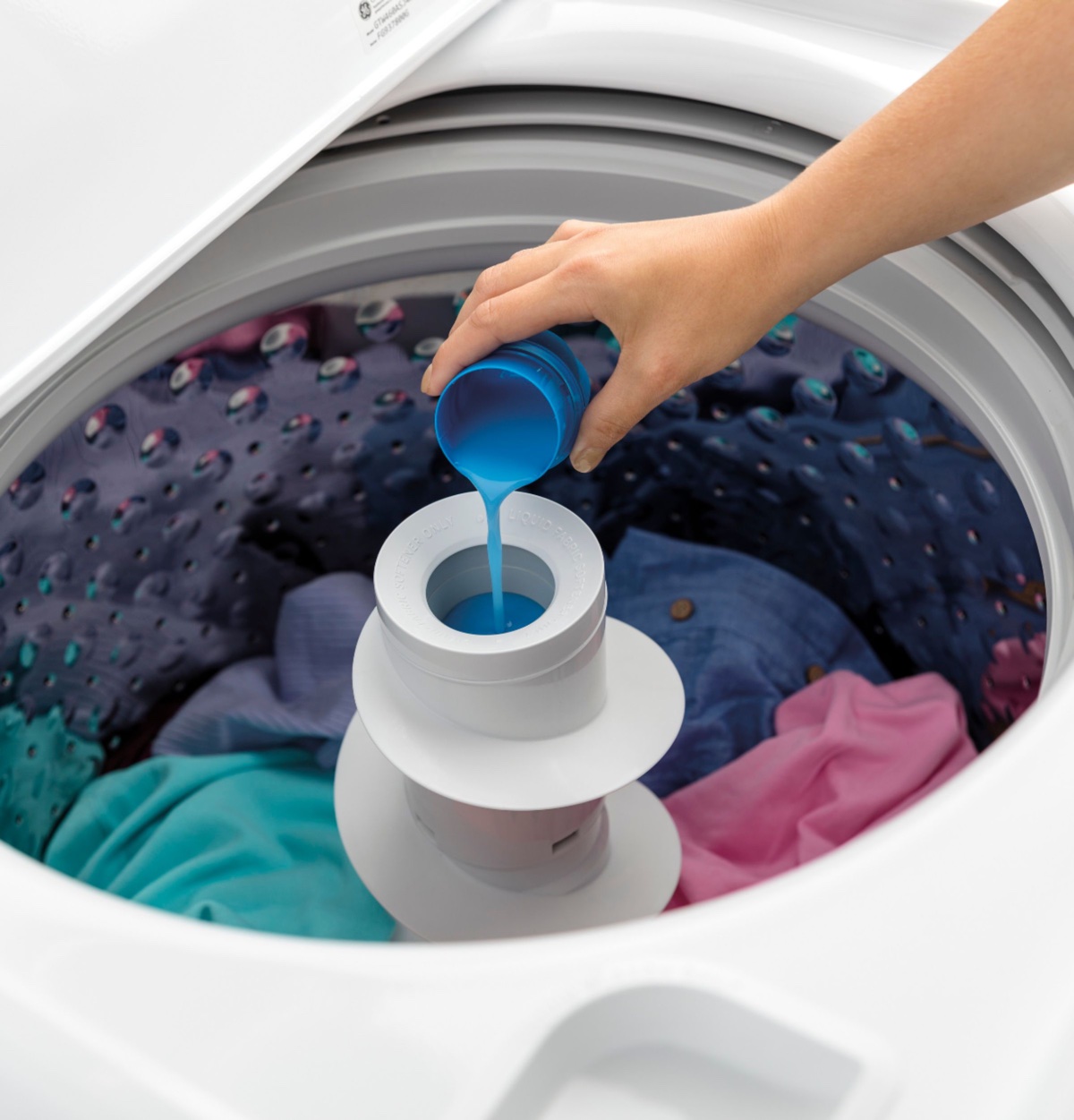
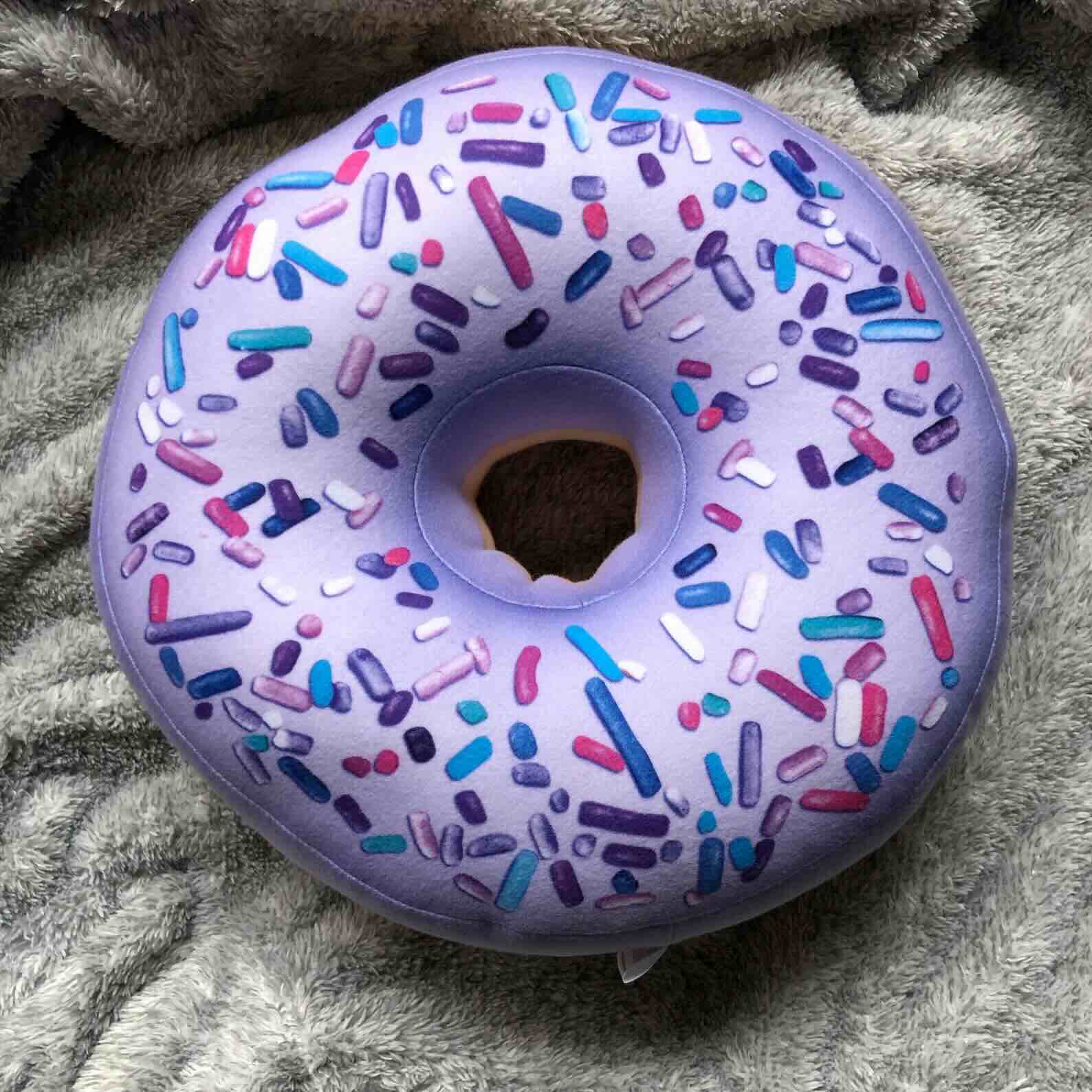
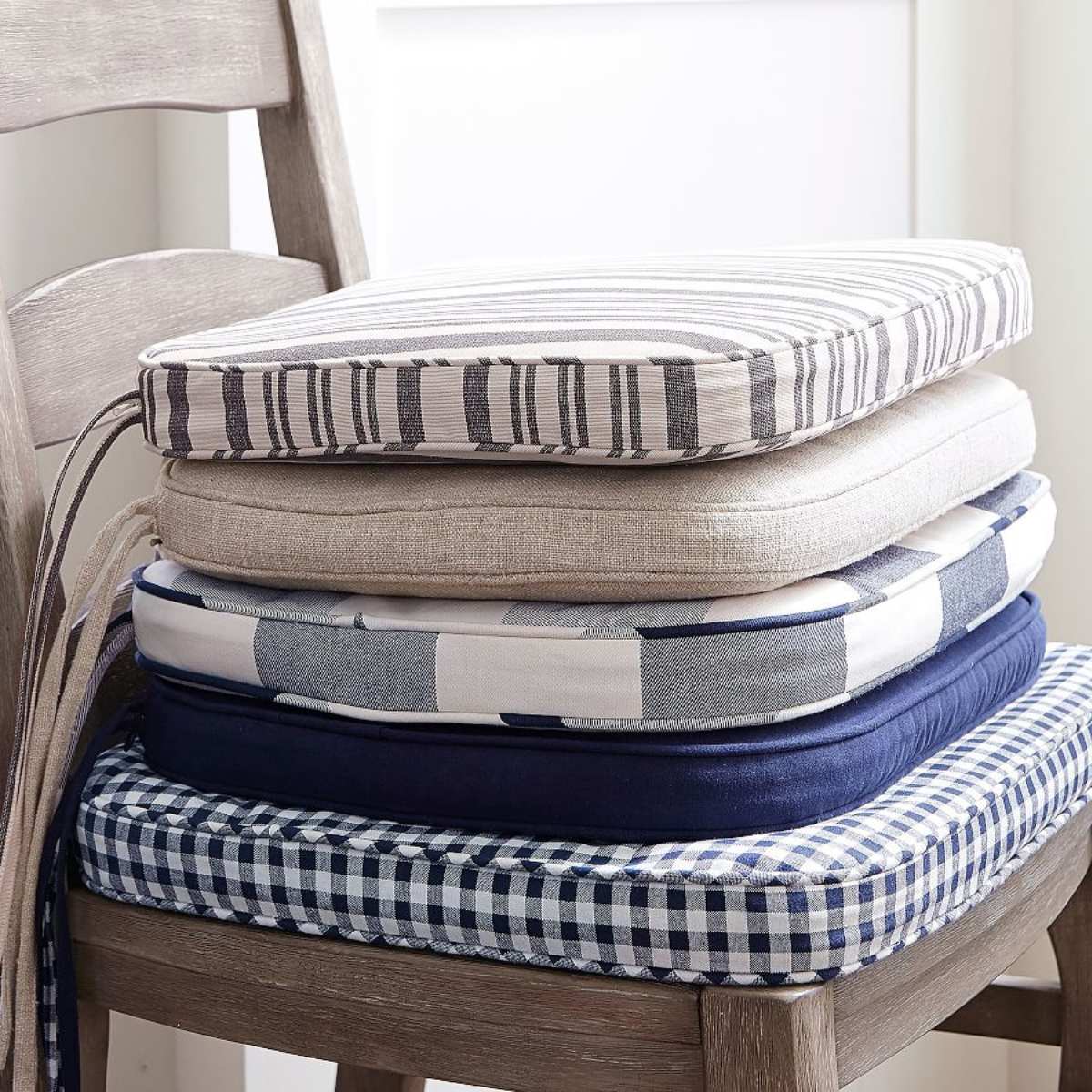

0 thoughts on “What Are Pin Cushions Filled With”